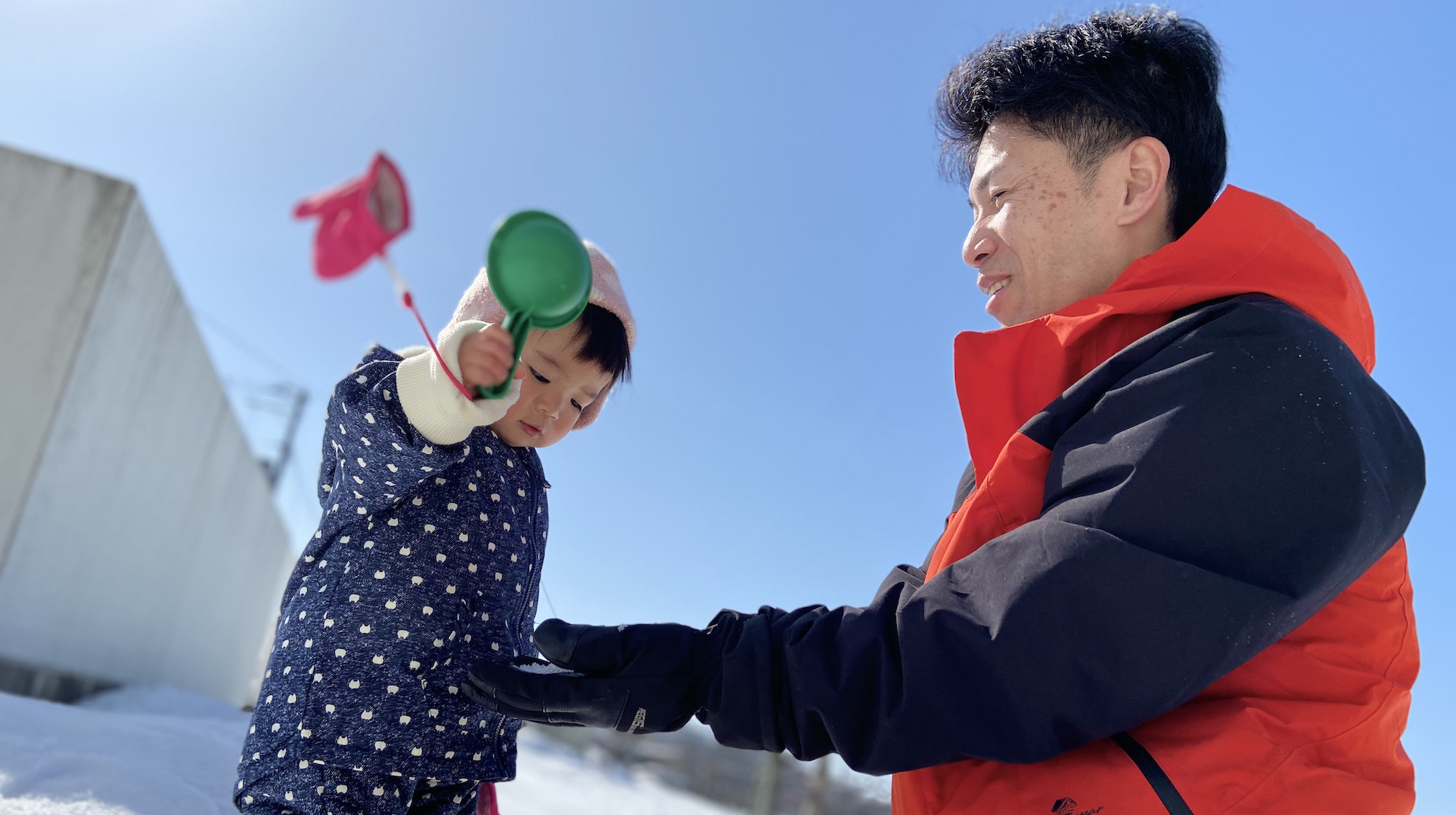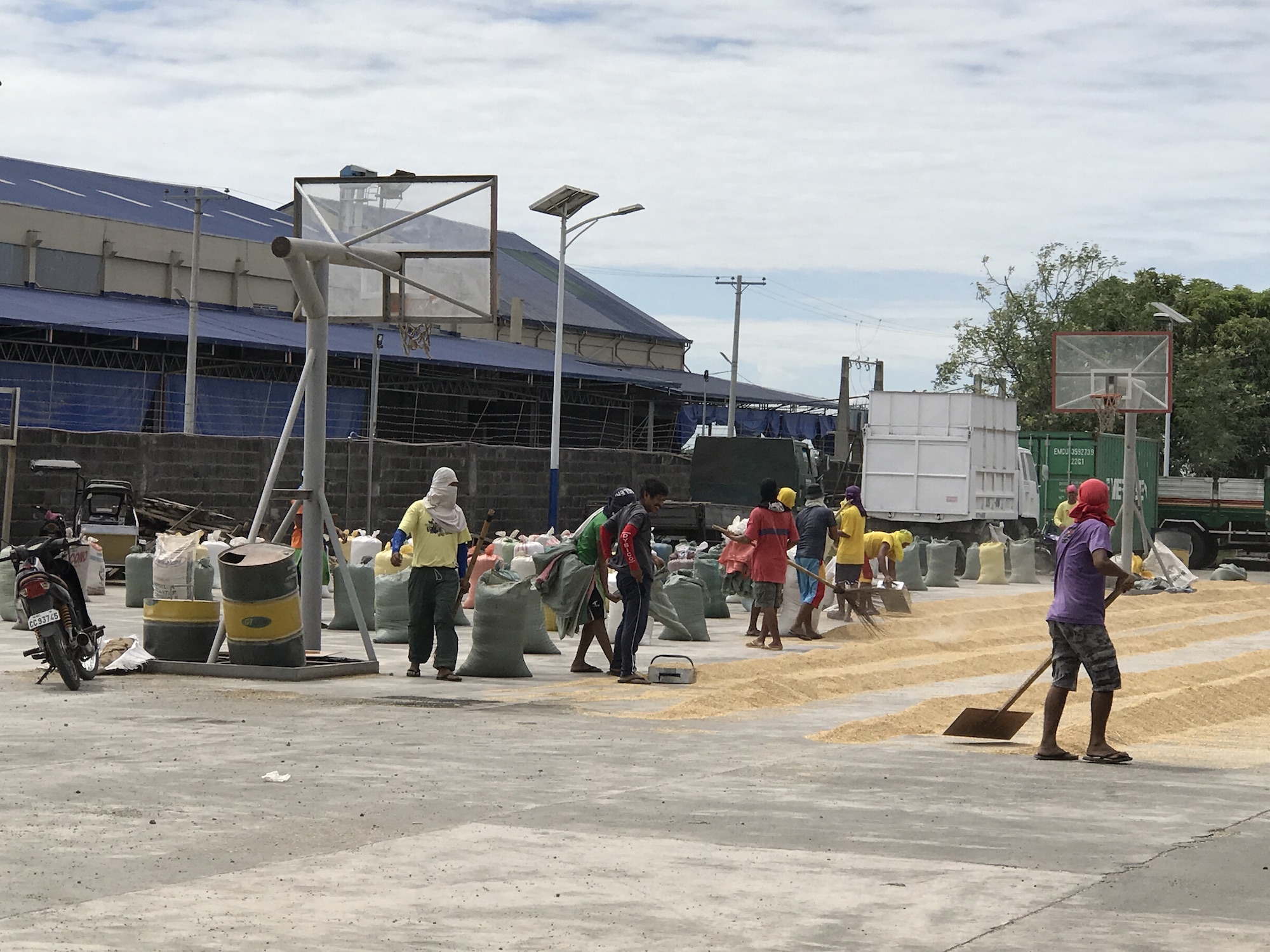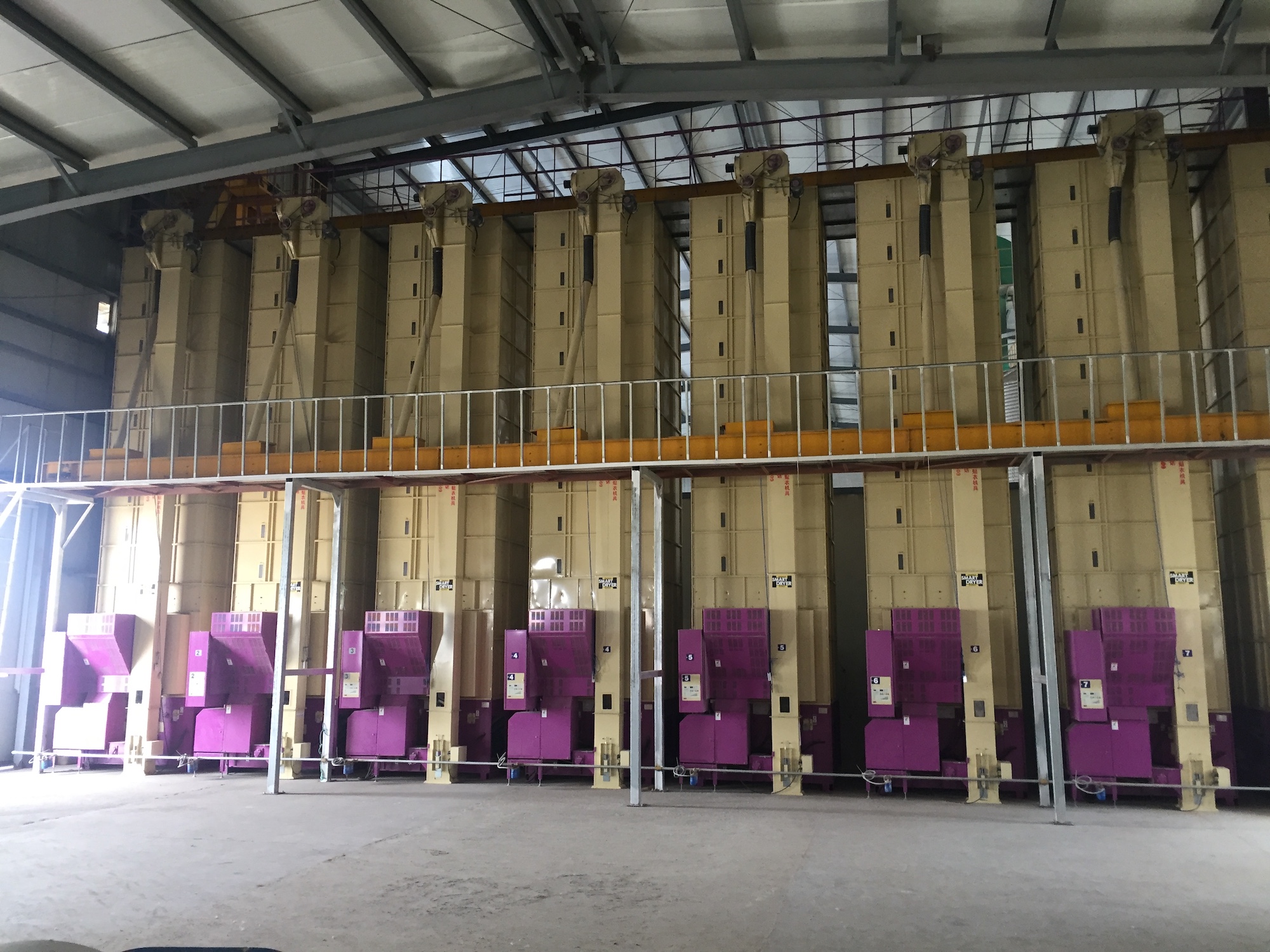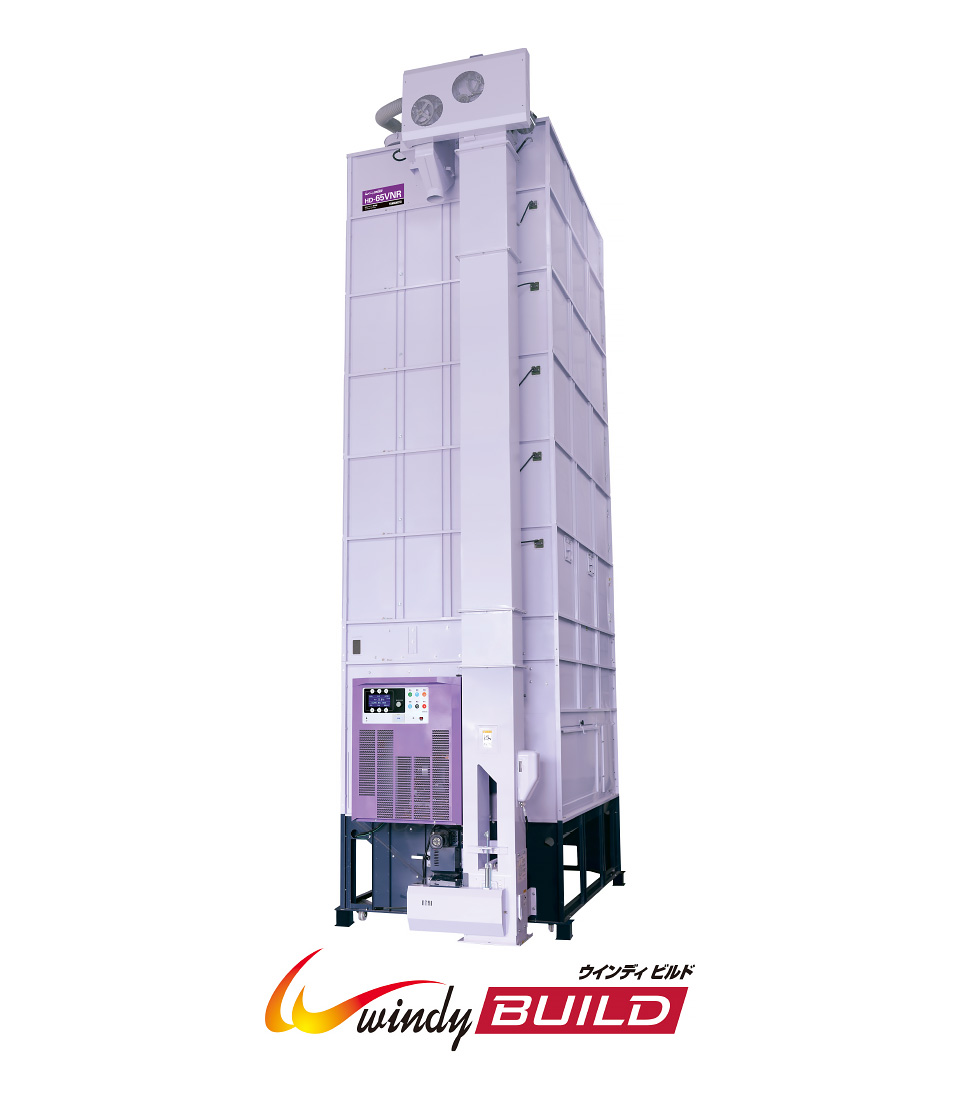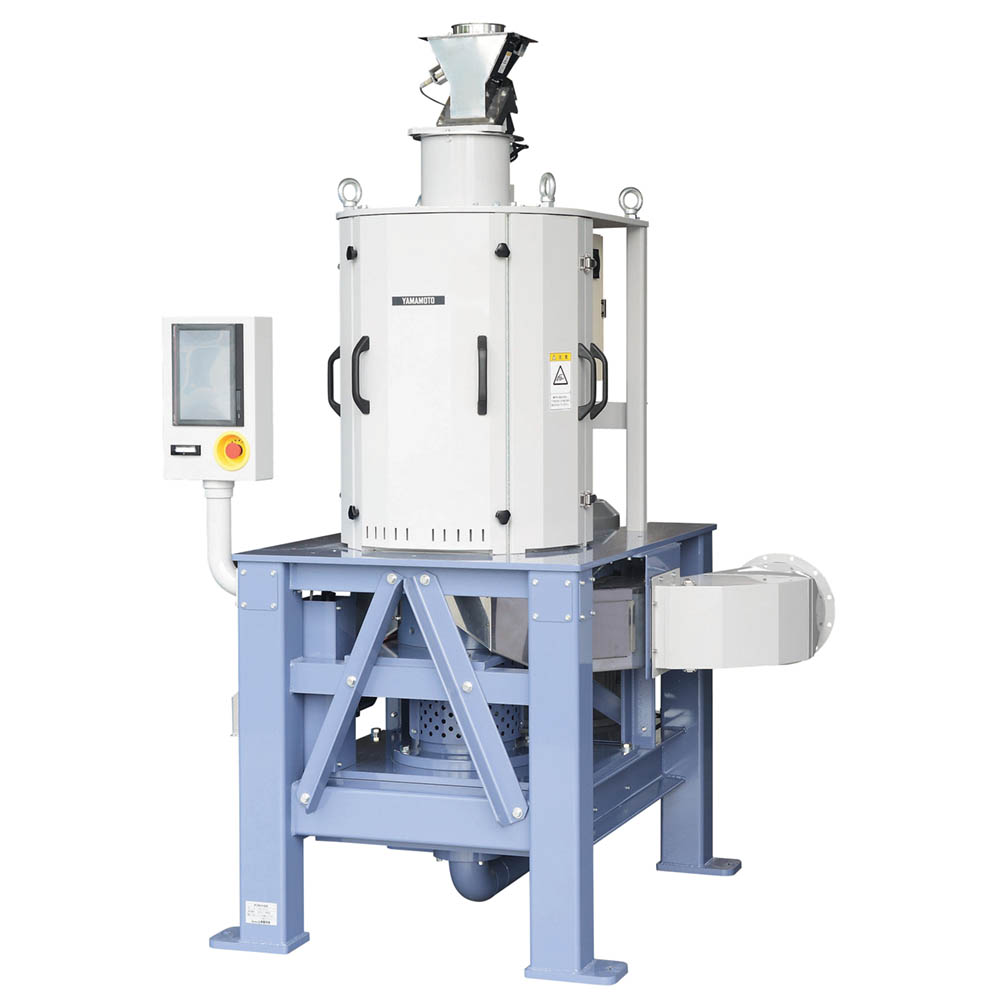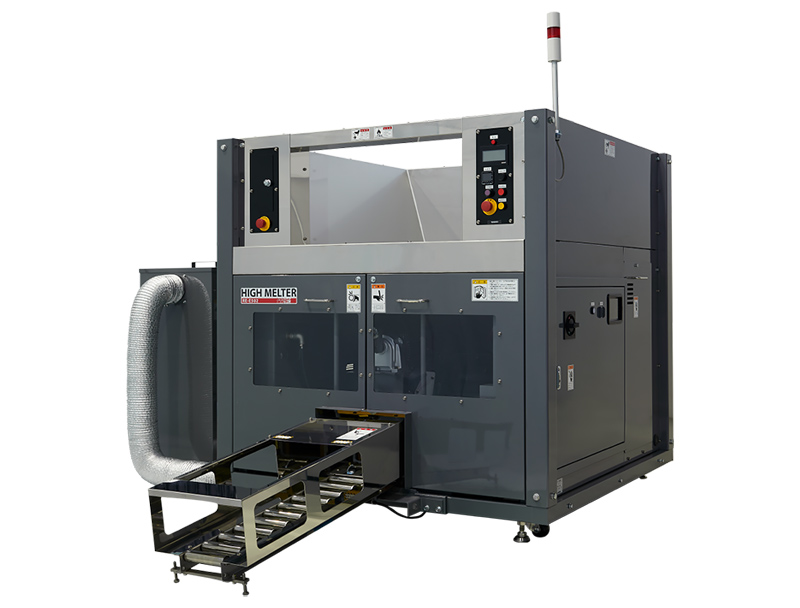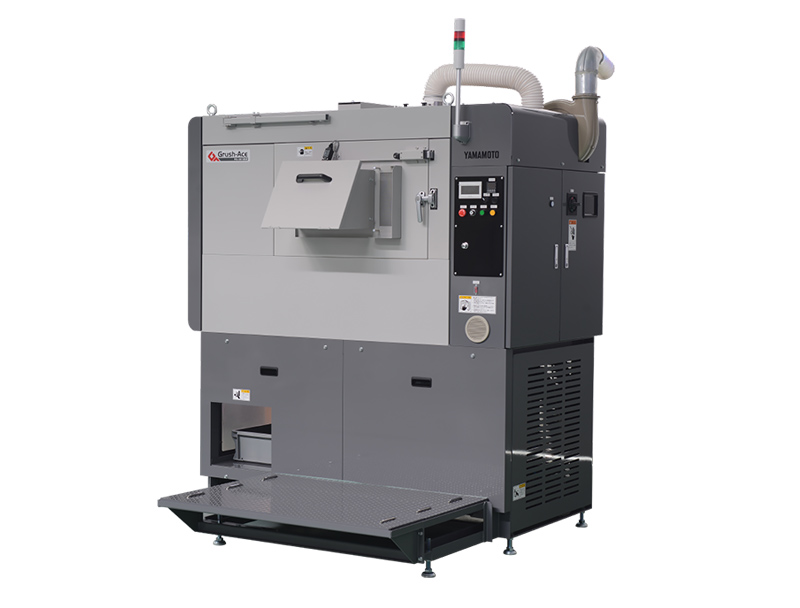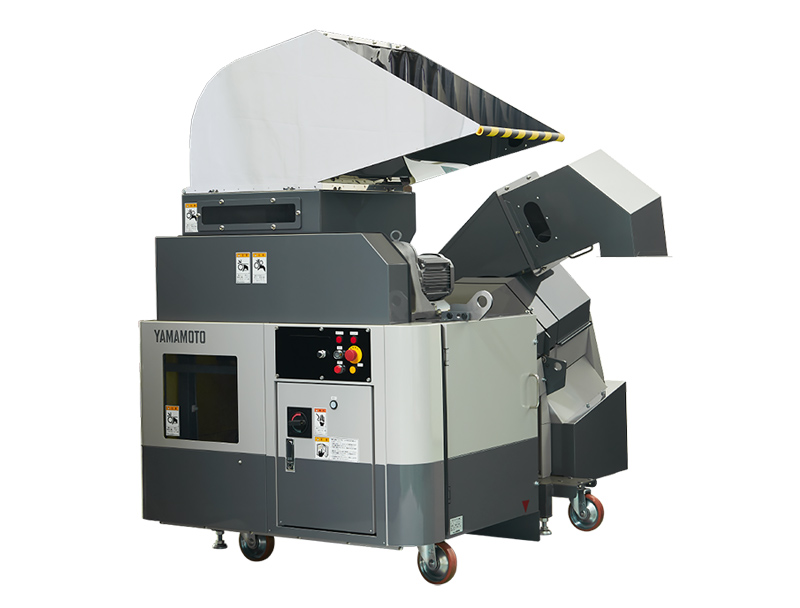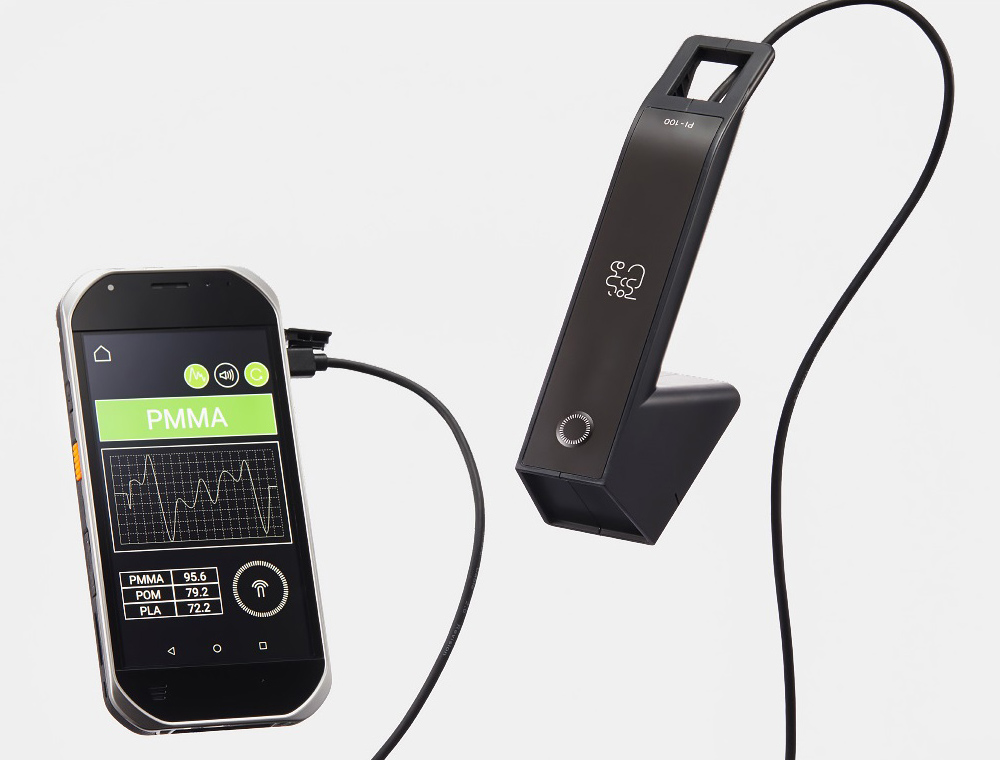Sustainability
Our Sustainable Development Goals (SDGs)
The Sustainable Development Goals (SDGs), also known as the Global Goals, were adopted by the United Nations in 2015 as a universal call to action to end poverty, protect the planet, and ensure that by 2030 all people enjoy peace and prosperity.
Our Sustainability Mission:
Creating a prosperous future for the Earth
At Yamamoto, we are fully committed to doing our part. In particular, we are working towards contributing to the following SDGs.
 Goal 2Zero Hunger
Goal 2Zero Hunger
Starving People and Discarded Food
According to research by the United Nations Food and Agriculture Organization (FAO), the number of hungry people worldwide is over 800 million, meaning that one in nine people are hungry.
While people suffer from hunger, around 400 million tons of grains (including rice) are wasted each year. This accounts for about 30% of worldwide food waste.
The State of Food Security and Nutrition in the World 2018
Food Wastage Footprint Impacts on Natural Resources Technical Report
The Asian region, where rice is a staple food, accounts for approximately two-thirds of the hungry population. Much of the wastage of rice occurs after harvest during storage.
For practical long-term storage, the paddy must be dried. However, this is often not feasible due to the lack of mechanization, resulting in spoilage.
Food security can be improved by eliminating waste in the production process. Furthermore, this will improve producers’ livelihoods. These steps will contribute significantly to eradicating hunger.
Improving Worldwide Food Security
For over a century, we have contributed to food production with our drying technologies. Based on this experience, we are now developing machines to meet the world’s needs.
There are still many areas where mechanization has not been introduced. By striving to improve the performance of our machines and introduce them to more countries, we will contribute to solving the problem of hunger on a global basis.
 Goal 7Affordable and Clean Energy
Goal 7Affordable and Clean Energy
Carbon Dioxide from Grain Drying
Many grains consumed worldwide, including rice and wheat, are dried after harvesting. In Japan, most rice and wheat produced is processed using grain dryers that use a fan to blow warm air onto the grain. Kerosene, a fossil fuel, powers them.
Examining the total rice production process, the drying process accounts for 47% of CO2 emissions, with 37.39 kg emitted per 1,000 m2 (10a) of rice fields.
Additional machines are used for hulling, sorting, weighing, and other processes to ensure reliable delivery of rice to the table. These currently all run on either fossil fuels and electricity. Thus, we have been working to reduce their efficiency.
For example, our latest far-infrared dryer* uses machine learning technology to optimize energy usage, resulting in approximately 15% less kerosene and 35% less electricity than previous models.
* Currently available only in Japan.
Self-Sufficiency of Internal Energy
For long-term sustainability, we must reduce fossil fuel use. Thus, we have installed a 1.9 MW solar power generator at our Japan headquarters. It is expected to generate about 5,000 kWh of electricity annually, roughly enough to cover our electricity usage. Excess electricity is supplied to a local power company.
 Goal 14Life below Water
Goal 14Life below Water
The rice water poured down drains contains nitrogen and phosphorus that standard sewage treatment systems process. This is a significant cause of ocean and river pollution.
For example, cleansing 500 ml of rice water to the point where fish could live in it would require dilution by four 300 L bathtubs of clean water.
Why does Rice water turn cloudy?
When white rice is polished from brown rice, a sticky substance is left on the surface called residual bran. To remove it, the rice must be rinsed. The residual bran dissolves, causing the water to become cloudy.
Promoting Wash-Free Rice
Wash-free (no-rinse) rice has had the residual bran removed by machine, thus reducing the amount of water used to wash rice. This contributes to the reduction of marine pollution and allows for more energy-efficient sewage treatment.
Brown rice can be processed into unwashed rice in several ways.
Dry: Removing skin bran with a brush screen.
Mist: Washing off the bran with water and drying.
NTWP: Adding water and attaching hot tapioca grains to remove the bran.
BG: Remove residual bran using its adsorptive properties.
Building on feedback from mills concerned about costs, we developed the Dry Polisher Kapika*. It removes the residual bran without using water and preserves the rice’s nutritional value. *For short grains only
In addition, the cost of both the machine and processing of washed rice has been reduced, making it affordable for mills to adopt. The number of installations is steadily growing.
 Goal 12Responsible Consumption and Production
Goal 12Responsible Consumption and Production
We have been developing and selling recycling equipment since 1990, including these machines:
- High Melter melts and solidifies Styrofoam into a new plastic material.
- PET Bottle Label Separator removes labels and caps from PET bottles for easier recycling.
- Glash Ace transforms material used for wrapping home appliances into beads to create a new plastic material.
- Placil enables anyone to identify plastics, thereby improving material recycling rates.
